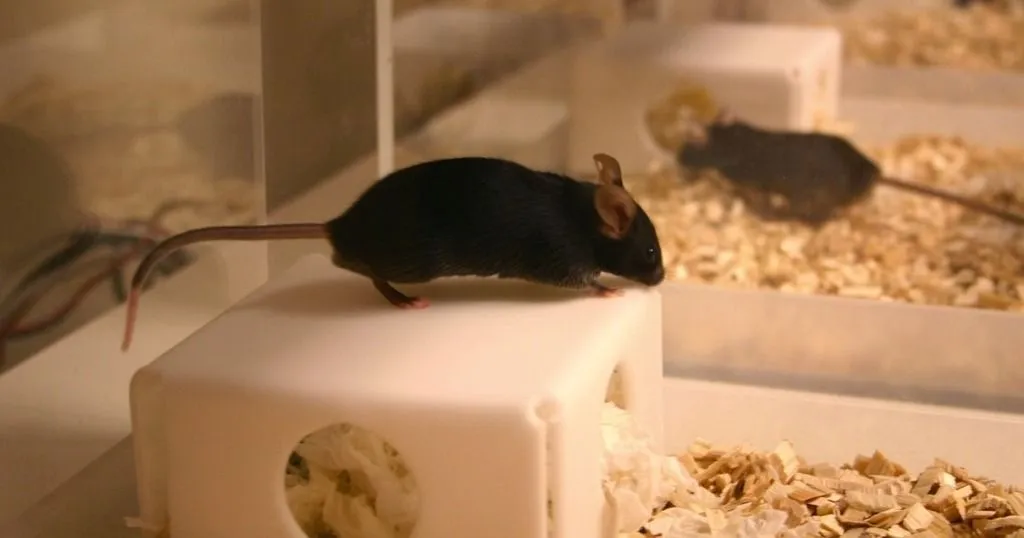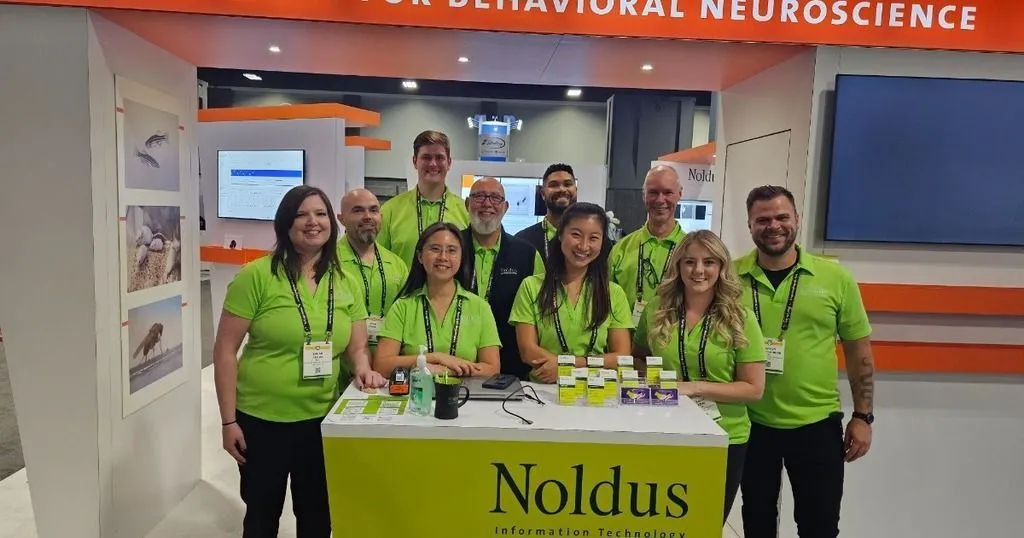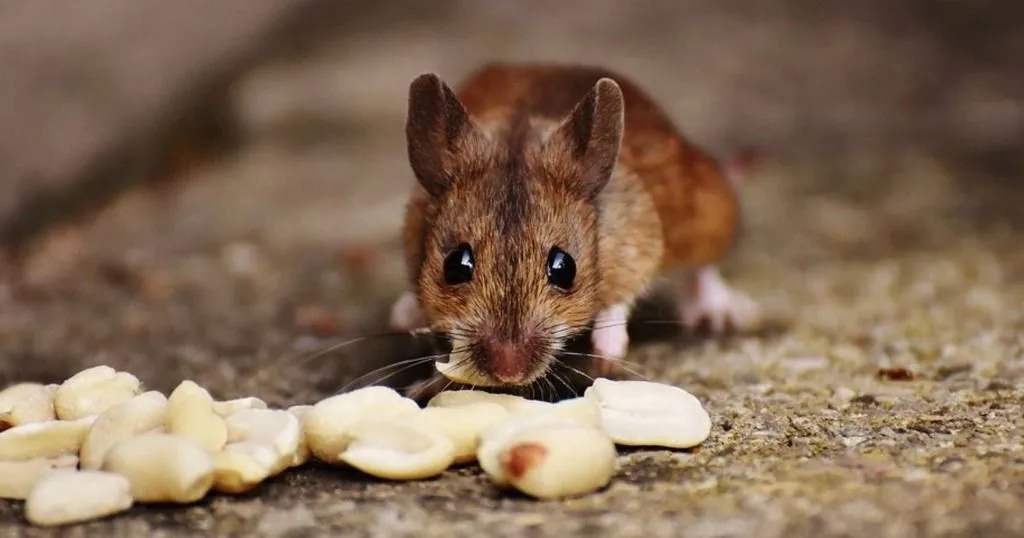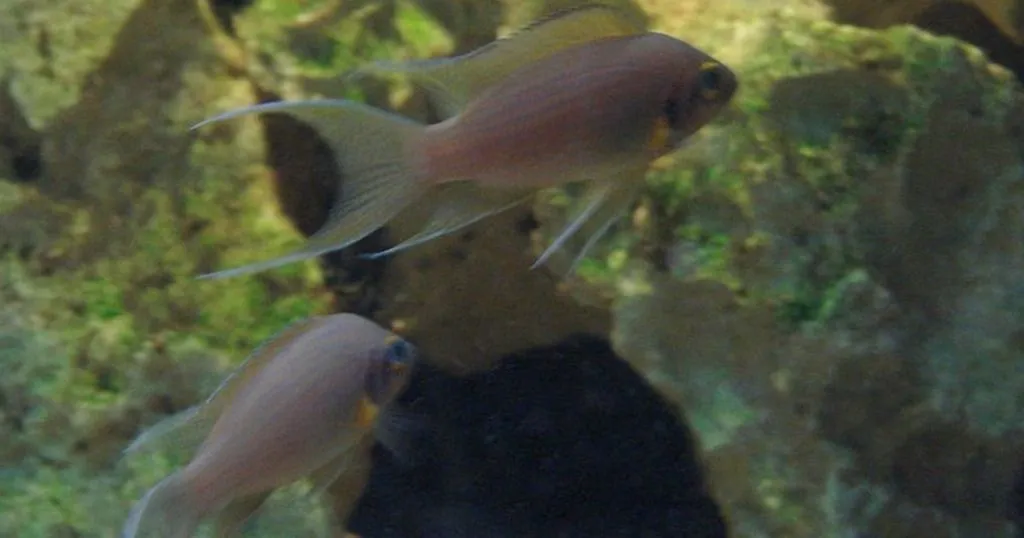Learning to use animal models for psychiatric disorders
Recently Lucas Noldus was interviewed for a technology feature in Nature; “Inside the minds of mice and men” by Monya Baker.
Posted by
Published on
Thu 21 Jul. 2011
Topics
| EthoVision XT | Home Cage | PhenoTyper | Psychiatric Disorders | Video Tracking |

Recently Lucas Noldus was interviewed for a technology feature in Nature; “Inside the minds of mice and men” by Monya Baker. Nature, 475, 123 - 128.
“As more molecular biologists want to monitor genetically engineered mice, demand for and applications of automated systems are increasing.” Monya Baker quotes Lucas Noldus, president of Noldus Information Technology, in her technology feature in Nature this month.
Some animal models for human disorders are pretty straight-forward. Down’s syndrome, for instance, has a clear recognized cause and behavioral consequences in animal models (motor problems and learning deficits). However, challenges that researchers face today include neurocognitive disorders that are multifaceted in genetics as well as environmental contributors. Those include autism, schizophrenia, and depression. Engineering the right animal model may be difficult to start with, assessing these models properly can involve even more complications.
“Current tests are blunt tools” states Baker. So what is a researcher to do? They can fine-tune the behavioral assays, make them fit better with what can be learned from the human patients. That is exactly what Jacqueline Crawley (chief of Behavioral Neuroscience at the national institution of Mental Health) says: “We talk more to the clinical researchers.”
Researchers are developing tests that specifically capture relevant behavioral indicators, including developments in video tracking and home cage testing. Video tracking is already widely used and seems to be essential to continuously and automatically capture the full-range of behavior shown by mice and rats during longer periods of time. Unexpected behaviors reveal unanticipated biology, so says Baker.
She also states that moving a mouse from its home cage to the testing area may even be the most confounding variable. Or as neurobiologist Laurence Tecott puts it: “We scare the hell out of the animal, then ask it if it’s anxious and how it can learn.” Home cage testing might prevent this bias in behavioral assays. And it seems to be gaining popularity, as the number of publications on home cage testing has doubled over the last twenty years.
In this article, Lucas Noldus explains how an instrumented home cage can be configured to perform any kind of test, from anxiety to memory. Noldus Information Technology supplies home cage testing set-ups, including the PhenoTyper, the instrumented home cage which is designed to be combined with tracking software, EthoVision XT. For examples of research, visit selected publications.
Read the complete technology feature at http://www.nature.com/nature/journal/v475/n7354/full/475123a.html
Related Posts

The Noldus SfN 2023 recap

Mimicking human decision-making in a mouse model

